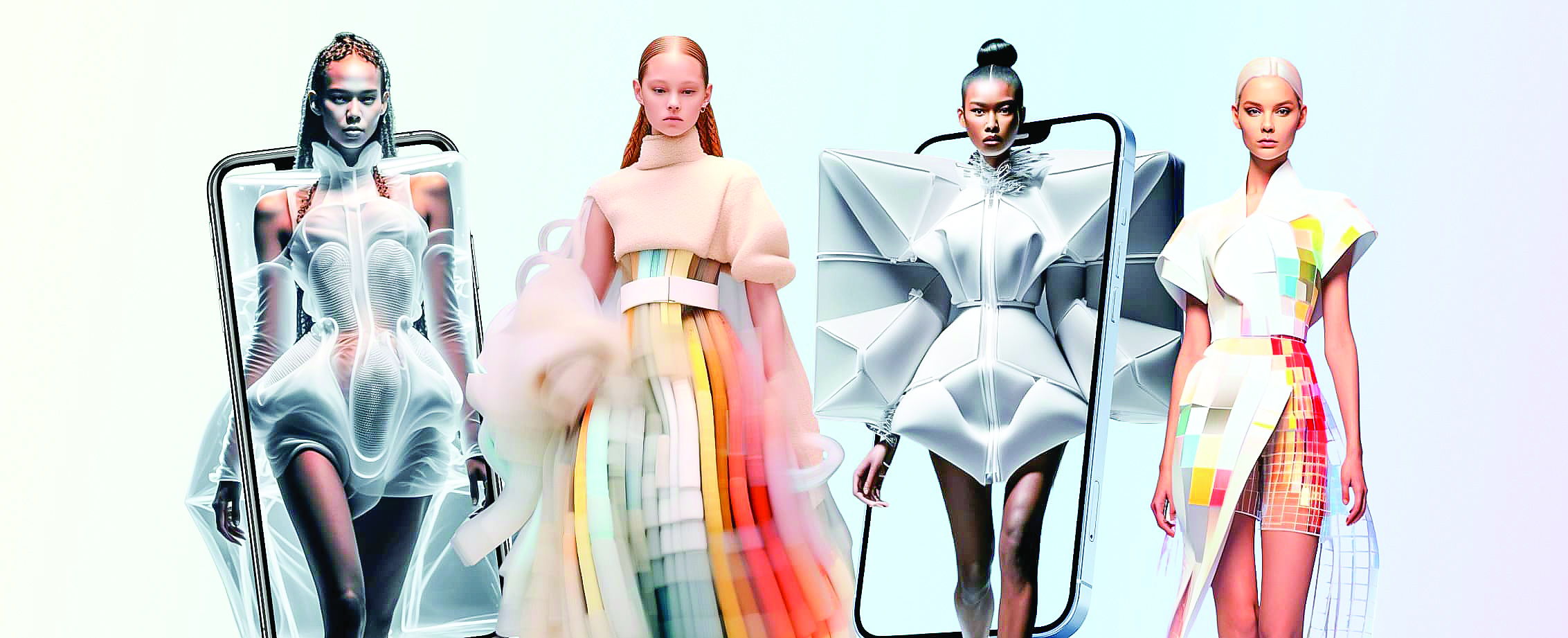The fashion industry, known for its trendsetting spirit, is undergoing a revolution driven not by new fabrics or trends but by generative AI. This technology is reshaping how fashion is experienced, especially for tech-savvy, data-driven consumers. These consumers demand more from the brands they support, pushing the industry to rethink design, manufacturing, and marketing strategies.
Personalization and Consumer Experience
Generative AI’s core impact lies in offering hyper-personalized experiences. Today’s consumers, particularly the youth, expect brands to understand their unique styles. AI achieves this through object detection, pattern recognition, and reverse image search, analyzing customer data to predict preferences with remarkable accuracy.
Beyond product recommendations, generative AI facilitates customized product creation. AI models like Stable Diffusion can design garments based on user preferences collected via social media and online behavior, transforming shopping into a highly individualized journey.
Enhanced Online Shopping Experiences
AI-powered virtual try-on solutions, using techniques like controlnet and image inpainting, allow consumers to visualize themselves in different outfits without leaving home. This enhances online shopping and reduces returns. Virtual fittings can also suggest accessories or alternate styles, boosting sales and customer satisfaction. For instance, a bride-to-be can generate an entire collection of wedding photos in various attires without an actual photoshoot.
Fashion brands can deploy AI models like Stable Diffusion on cloud GPUs, combine them with Dreambooth, and augment with NeRF technology to create 3D garment models from static images. This is particularly beneficial for fashion designers.
Revolutionizing Design and Creativity
Generative AI is revolutionizing fashion design. Multimodal AI models can analyze current trends from text or images and generate prompts for popular designs, assisting designers with AI-informed creative inputs. This synergy between human creativity and machine learning leads to innovative patterns, cuts, and styles.
For example, a designer inspired by Yayoi Kusama’s art can generate an entire collection of handbags or eyeglasses using AI. Similarly, a fashion collection inspired by the movie ‘Barbie’ can be created by fine-tuning Stable Diffusion SDXL models on stills from the film.
Marketing with Precision
Using Stable Video Diffusion, marketing firms can generate short video ads without photoshoots. Brands can also create fully AI-generated virtual influencers to tap into Gen Alpha’s trends. AI-driven marketing tools create highly customized content, resonating with individual consumers through personalized emails and social media ads. These tools analyze real-time consumer reactions, allowing dynamic strategy adjustments, improving engagement, loyalty, and sales.
Sustainability through Smart Manufacturing
Generative AI promotes sustainability, a key concern for younger consumers. AI in supply chain management helps optimize production, minimize waste, and reduce carbon footprints. By accurately predicting trend longevity and consumer interest, AI allows brands to produce more of what will sell, reducing overproduction and waste.
AI also enhances fabric cutting processes, ensuring minimal material waste, and recommends environmentally friendly materials and processes, contributing to sustainable fashion.
Conclusion
For fashion brands, embracing generative AI is essential to stay relevant and competitive. Adapting to these technologies ensures a future that is more creative, exciting, and aligned with consumer values and expectations. Generative AI is not just an option but a necessity in the fast-evolving fashion landscape.
The author is the VC & Startup Ecosystem Lead, E2E Networks Ltd.























